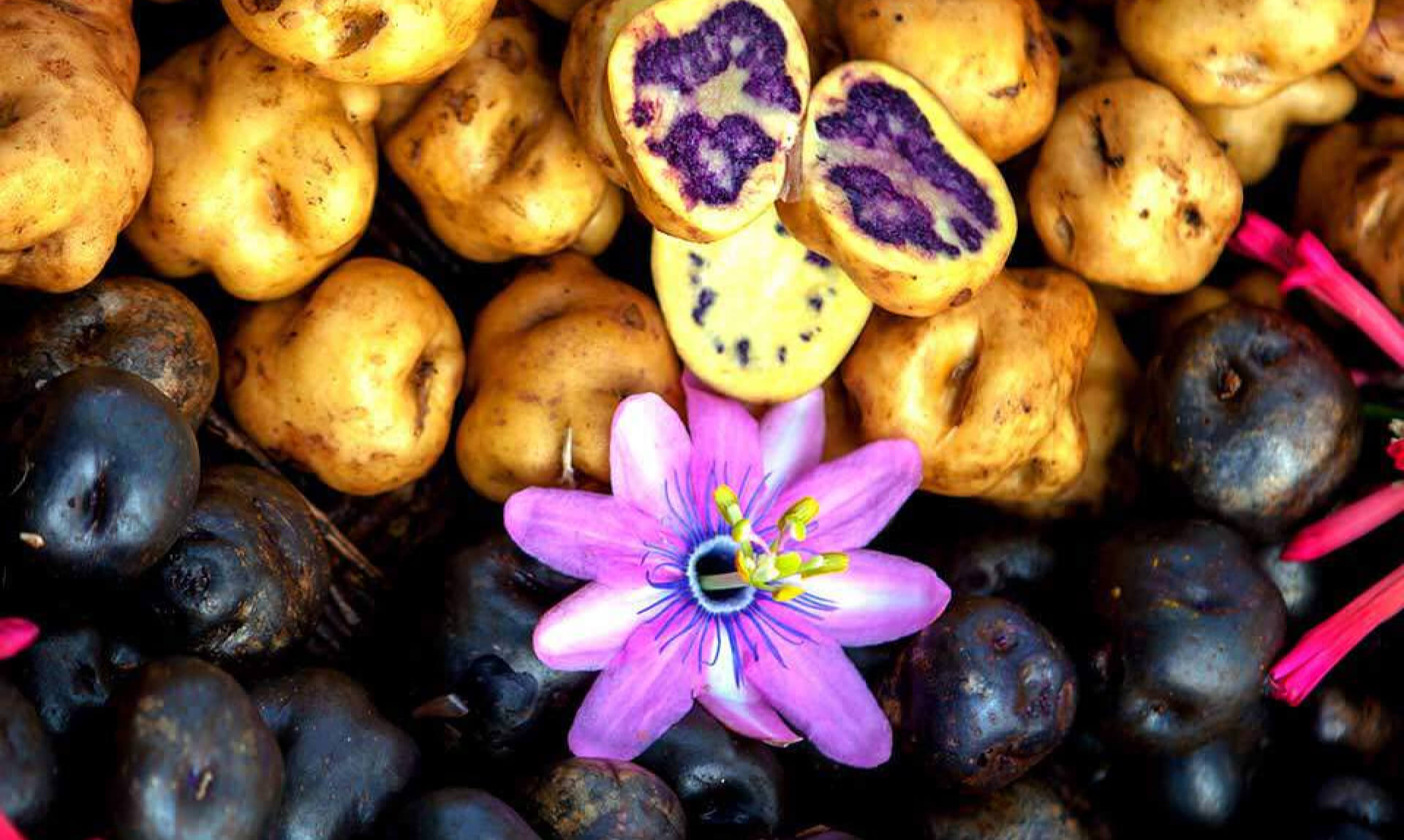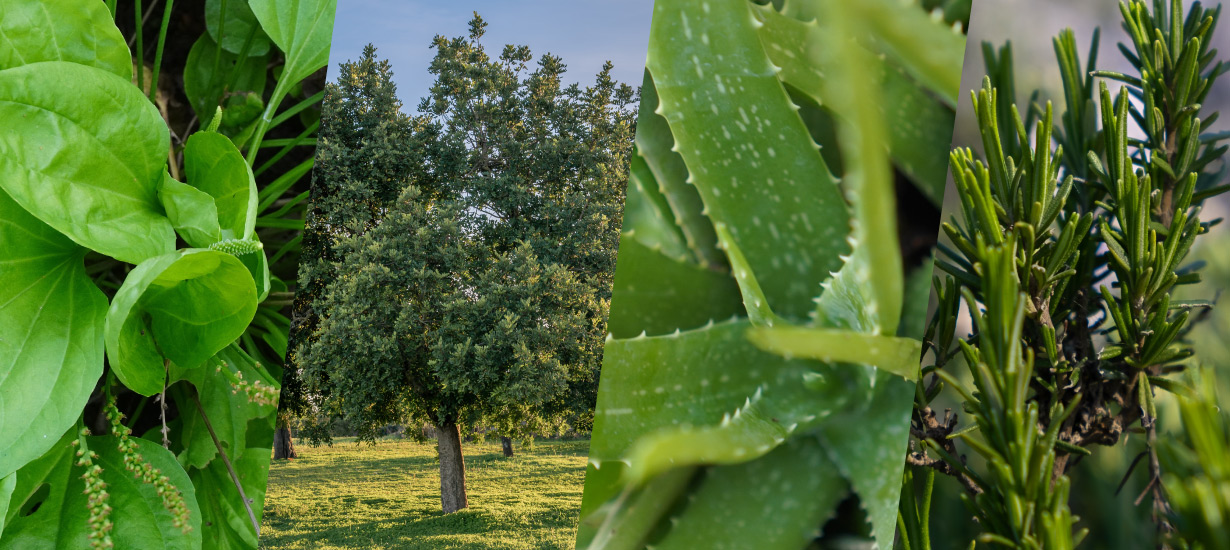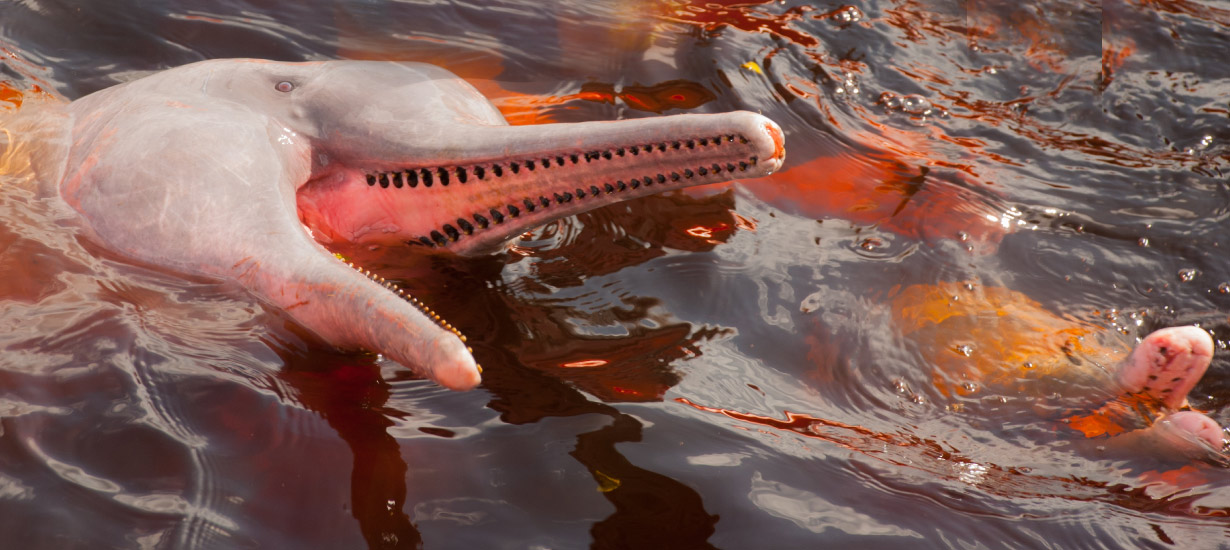Coastal biodiversity in Peru: The role of coastal plants in the ecosystem
Síguenos en:Google News
Peru has a wide variety of coastal plants, many of which are known for their medicinal benefits in treating various diseases.
The Peruvian coast is one of the country's most diverse regions, despite its arid, desert climate. Along its length, various ecosystems support plant species uniquely adapted to extreme drought and salinity. These plants play a vital role in maintaining ecosystem stability and offer essential ecological benefits.
Main plants of the Peruvian coast
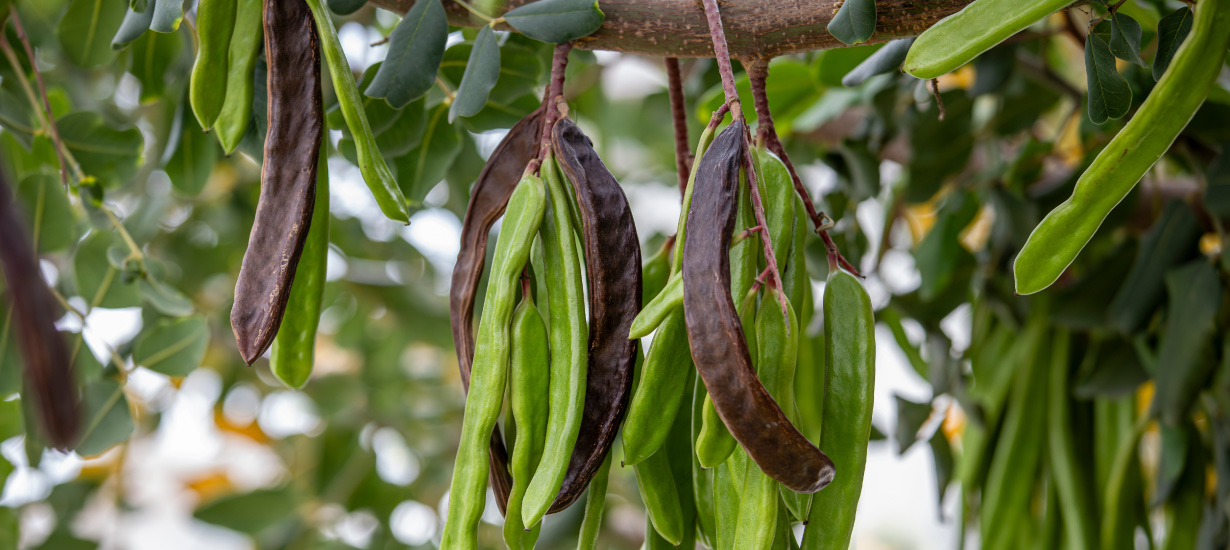 Source: Shutterstock
Source: Shutterstock
Carob tree
Since ancient times, the carob tree has been vital to various pre-Hispanic civilizations, playing a key role in their economy and production, particularly on Peru’s northern coast. This species is mainly found in the departments of Piura, Lambayeque, and La Libertad, where it forms part of the dry forest ecosystem.
The fruit of the carob tree, known as carob, is considered a true superfood. It helps strengthen the immune system and supports the body’s defense against infections, including COVID-19.
The carob tree is highly valued as a natural fertilizer, as its decomposed dried leaves enrich the soil for various crops. It is also commonly found in areas where melons, tomatoes, and beans are grown, making it a key resource for the regional economy.
The carob tree also plays a crucial role in mitigating climate change by fixing nitrogen in the soil and improving its quality through the decomposition of its leaves and branches. On the northern coast, it helps capture large amounts of carbon dioxide (CO2), contributing to environmental balance.
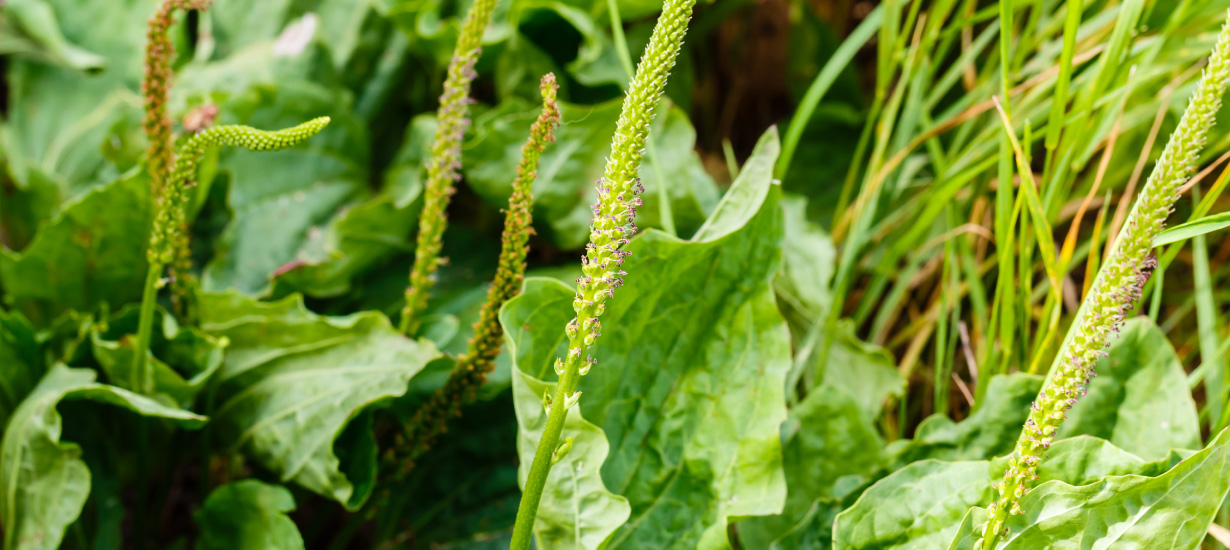 Source: Shutterstock
Source: Shutterstock
Plantago major
Plantago major leaves have anti-inflammatory, healing, and antibacterial properties, making them a popular remedy in infusions and syrups for respiratory, digestive, and skin conditions. Rich in mucilage, they are especially effective for soothing gastrointestinal issues like gastritis and ulcers. Additionally, plantain leaves have diuretic and detoxifying effects, aiding in the elimination of toxins from the body.
Plantago major has been used in traditional medicine since ancient times and remains highly valued in Peruvian herbal medicine. Its ease of cultivation and resilience also make it a sustainable option for small farmers and rural communities looking to enhance medicinal plant production.
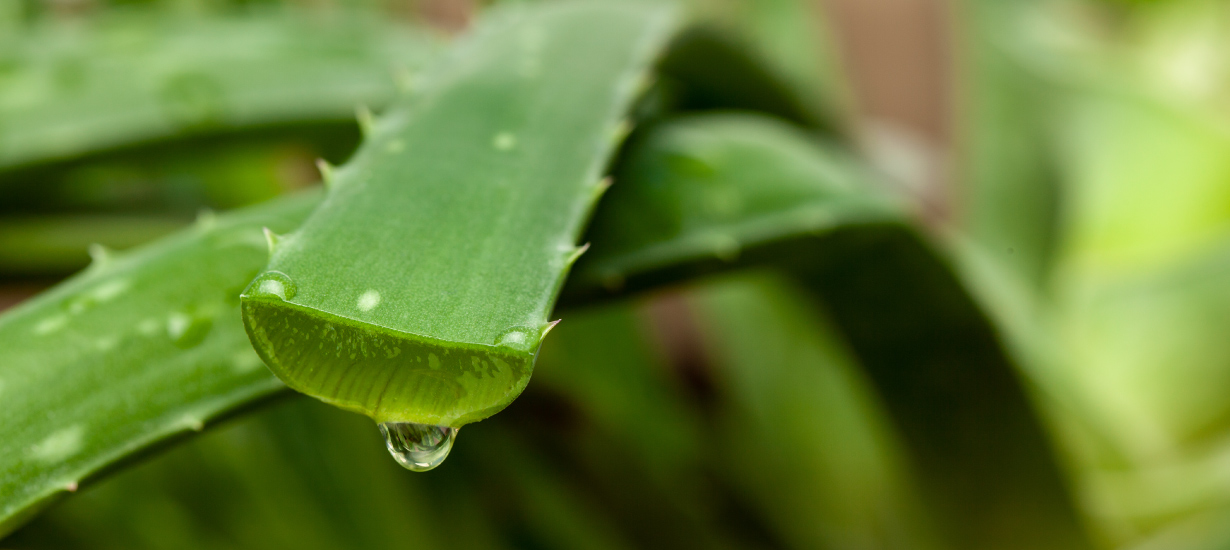 Source: Shutterstock
Source: Shutterstock
Aloe
Aloe is a plant with numerous health and wellness benefits. Its gel is widely known for its healing, moisturizing, and anti-inflammatory properties, making it an effective treatment for burns, wounds, and skin conditions like acne and dermatitis.
Additionally, consuming aloe in juices or infusions supports digestion, strengthens the immune system, and helps detoxify the body. It also reduces inflammation in the digestive tract, providing relief from conditions like gastritis and acid reflux. With its high content of antioxidants, vitamins, and minerals, aloe vera is a powerful natural ally for overall health and personal care.
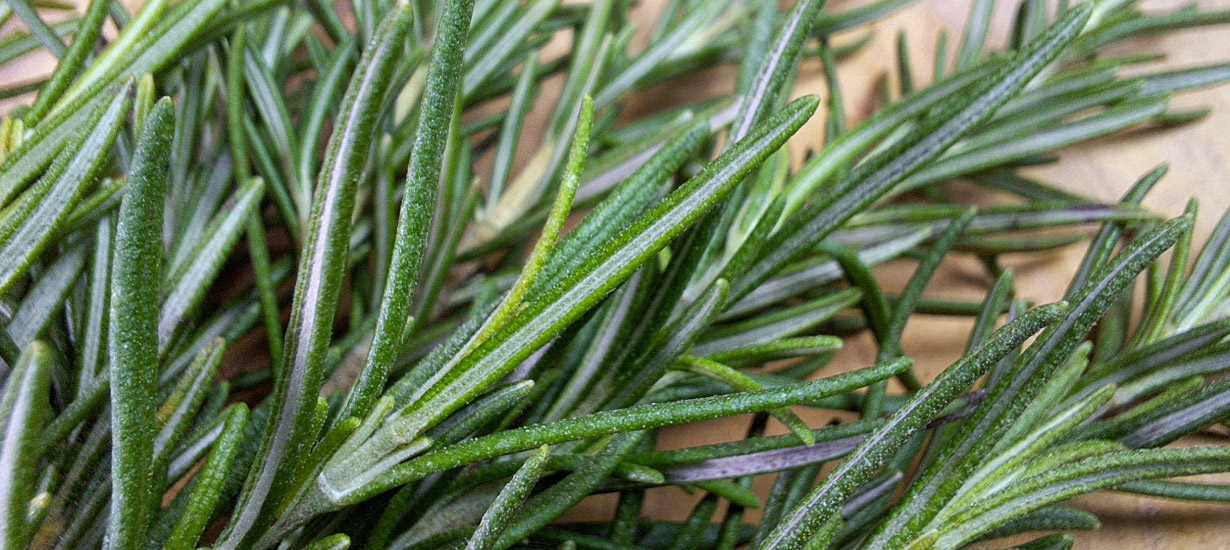 Source: Shutterstock
Source: Shutterstock
Rosemary
Rosemary infusions aid digestion, relieve stomach discomfort, and reduce inflammation. Rich in antioxidants, it helps strengthen the immune system and combat cellular aging. In traditional medicine, rosemary is also used to improve blood circulation, ease muscle pain, and enhance memory and concentration.
Rosemary is also widely used in Peruvian cuisine as an aromatic seasoning for meats, stews, and sauces. Its versatility and health benefits make it a valuable natural resource in both the country's gastronomy and traditional medicine.
The plants of the Peruvian coast play a crucial role in maintaining ecological balance and biodiversity, not only in the region but throughout the country. Despite harsh environmental conditions, these plants have developed remarkable adaptation strategies, making them essential for climate regulation, desertification prevention, and the preservation of biodiversity.
You might also be interested

